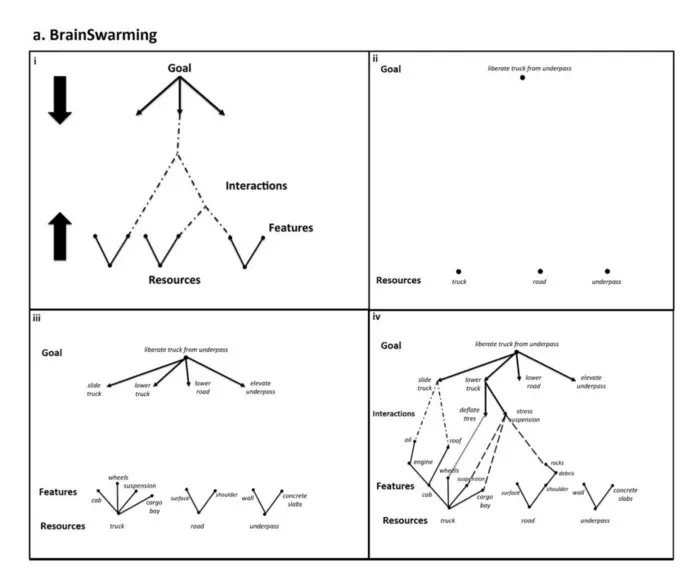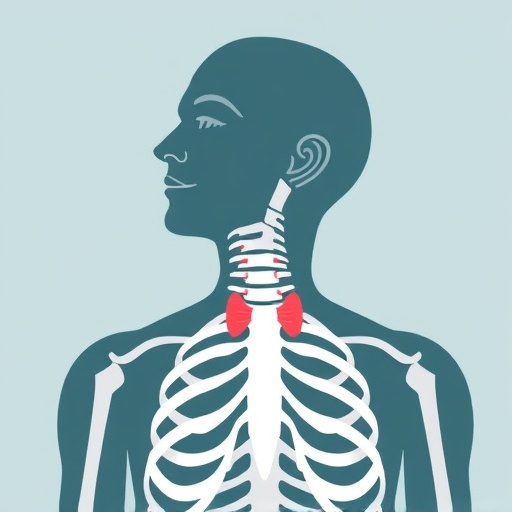Researchers from the Yong Loo Lin School of Medicine, National University of Singapore (NUS Medicine) and the University of Oxford have successfully demonstrated how problem-solving techniques used in engineering, known as Innovation Enhancing Techniques, can be adapted and used to improve creativity in problem-solving when it comes to abstract problems faced in healthcare and biomedicine.

Credit: Yong Loo Lin School of Medicine, National University of Singapore (NUS Medicine)
Researchers from the Yong Loo Lin School of Medicine, National University of Singapore (NUS Medicine) and the University of Oxford have successfully demonstrated how problem-solving techniques used in engineering, known as Innovation Enhancing Techniques, can be adapted and used to improve creativity in problem-solving when it comes to abstract problems faced in healthcare and biomedicine.
Traditional ‘brainstorming’ suffers from inherent biases, such as those relating to group dynamics. To tackle this, Dr Tony McCaffrey, an AI researcher and cognitive psychologist, developed a suite of Innovation Enhancing Techniques (IETs) based on his Obscure Features Hypothesis.
This new cognitive theory of innovation posits that innovative solutions typically emerge from two key steps: first, identifying a rarely or never-before noticed (obscure) feature of a problem’s elements, and second, constructing a solution based on this obscure feature. These IETs are crafted to enhance creative problem-solving by helping individuals overcome psychological barriers such as functional fixedness, the tendency to view objects solely in their conventional roles, thereby enabling the generation of innovative ideas.
These techniques were devised for engineering and design problems, which involve solving practical goals, such as building a bridge, using physical materials, such as bricks and cement. However, healthcare and science problems often involve solving abstract goals that may not be easily measurable — such as improving patients’ health — using intangible resources – such as software and data. This work is the first to successfully apply these methods to problems in the realm of healthcare and science.
Enhancing creativity and idea generation in biomedicine not only fosters novel approaches to healthcare challenges but also streamlines the research and development process. This can lead to more rapid discovery and implementation of cost-effective healthcare solutions, reducing overall healthcare expenditures. Additionally, creative problem-solving can uncover more efficient uses of existing resources and technologies, potentially lowering the barriers to accessing advanced medical treatments. When directly applied to bioethical goals such as justice and fairness, as in this study, IETs can also be used to further other ethical priorities, including enhanced respect for individuals’ control over their own lives as well as greater fairness in health-related aspects of life.
Hence, to equip researchers, practitioners, and entrepreneurs from diverse fields with innovative tools, a team led by Professor Julian Savulescu from the Centre for Biomedical Ethics at NUS Medicine, alongside Dr. Sebastian Porsdam Mann and Anuraag Vazirani from the University of Oxford, showcased the adaptability of these techniques in generating solutions for problems with abstract goals using intangible resources. Their study, published in Scientific Reports, illustrates this through a case study involving blockchain technology to achieve ethical goals in biomedicine, identifying 100 potential solutions using two IETS –BrainSwarming and the Generic Parts Technique.
BrainSwarming begins with placing the primary objective – in this study, advancing ethical goals in biomedicine – at the top of a two-dimensional graph. This visual representation can be created on digital platforms, whiteboards, or paper. Blockchain technology, the key resource in this study, is placed at the bottom of the graph. The main goal is then broken down into more specific sub-goals.
Next, in order to refine their resources beyond the principle components of Blockchain, the team applied the Generic Parts Technique (GPT), to each artefact. This technique is used to supply new information or to help re-interpret existing information about the resources involved in a problem-solving effort by systematically breaking down the resource into its components.
The teams were subsequently able to identify 100 possible solutions, via links between the refined goals and available resources, that were created and visualised — representing the potential uses of blockchain technologies to further ethical objectives in clinical and research contexts.
The researchers point out that their success in using these techniques demonstrates their wide applicability across fields and problem types.
“The successful application of these techniques has vast potential to enable individuals to generate innovative ideas across disciplines. These techniques can act as force multipliers for the creative efforts of researchers, entrepreneurs, and other innovators, with significant downstream benefits for individuals and society,” said Prof Savulescu, a senior author of the study.
Journal
Scientific Reports
DOI
10.1038/s41598-023-50232-y
Method of Research
Data/statistical analysis
Subject of Research
Not applicable
Article Title
BrainSwarming, blockchain, and bioethics: applying Innovation Enhancing Techniques to healthcare and research
Article Publication Date
10-Jan-2024





